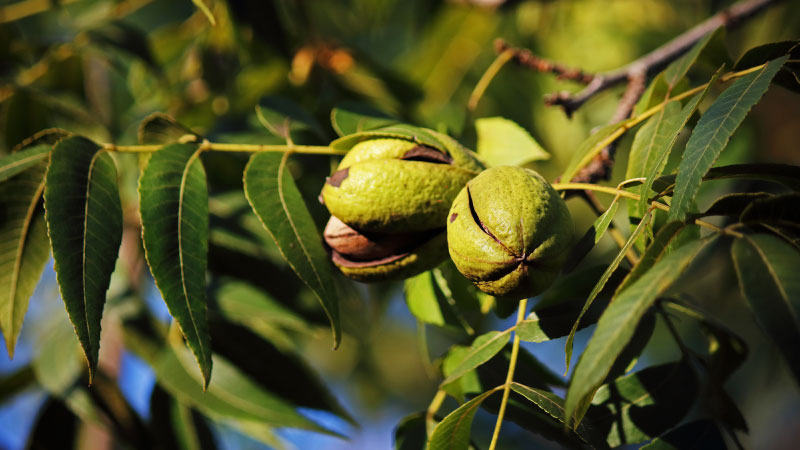Romaine Lettuce That Can Last Longer Now a Reality
We’ve all been there. You open the fridge only to find the lettuce you recently bought more brown than green. Ugh! USDA scientists are working to fix that frustrating problem and have identified five romaine lettuce varieties that both brown less quickly after fresh-cut processing and are slower to deteriorate postharvest.
According to USDA, they also are determining the genetic basis for deterioration. The researchers have identified the location of genes associated with postharvest deterioration of fresh-cut lettuce and are in the process of identifying genes associated with browning, two economically important traits.
This will speed up development of new romaine varieties with better shelflife because now lettuce breeders will be able to check that offspring carry these genes without needing to grow out and destructively test for browning and deterioration resistance.
“The inability to evaluate for deterioration early in the process of developing new varieties has been a real impediment to breeding advances. Now having these molecular markers means that slow deterioration and eventually less browning can be more easily integrated into lettuce breeding, traits that are important economic considerations,” says research geneticist Ivan Simko with the USDA’s Agricultural Research Service Crop Improvement and Protection Research Unit in Salinas, CA, who led the deterioration study.
Simko and the team say when you consider browning and deterioration ratings together, the best breeding lines for commercial production, and also for use as parents to develop new varieties are (in alphabetic order): ‘Darkland’, ‘Green Towers’, ‘Hearts Delight’, ‘Parris Island Cos’, and SM13-R2, which is a breeding line developed at the ARS lab in Salinas.
In addition, the researchers found the chromosome region that contains the genes for slow deterioration also contains four genes and one DNA region that code for resistance to downy mildew.
To find out more, this research was published in full at Horticulture Research as well as Postharvest Biology and Technology.









